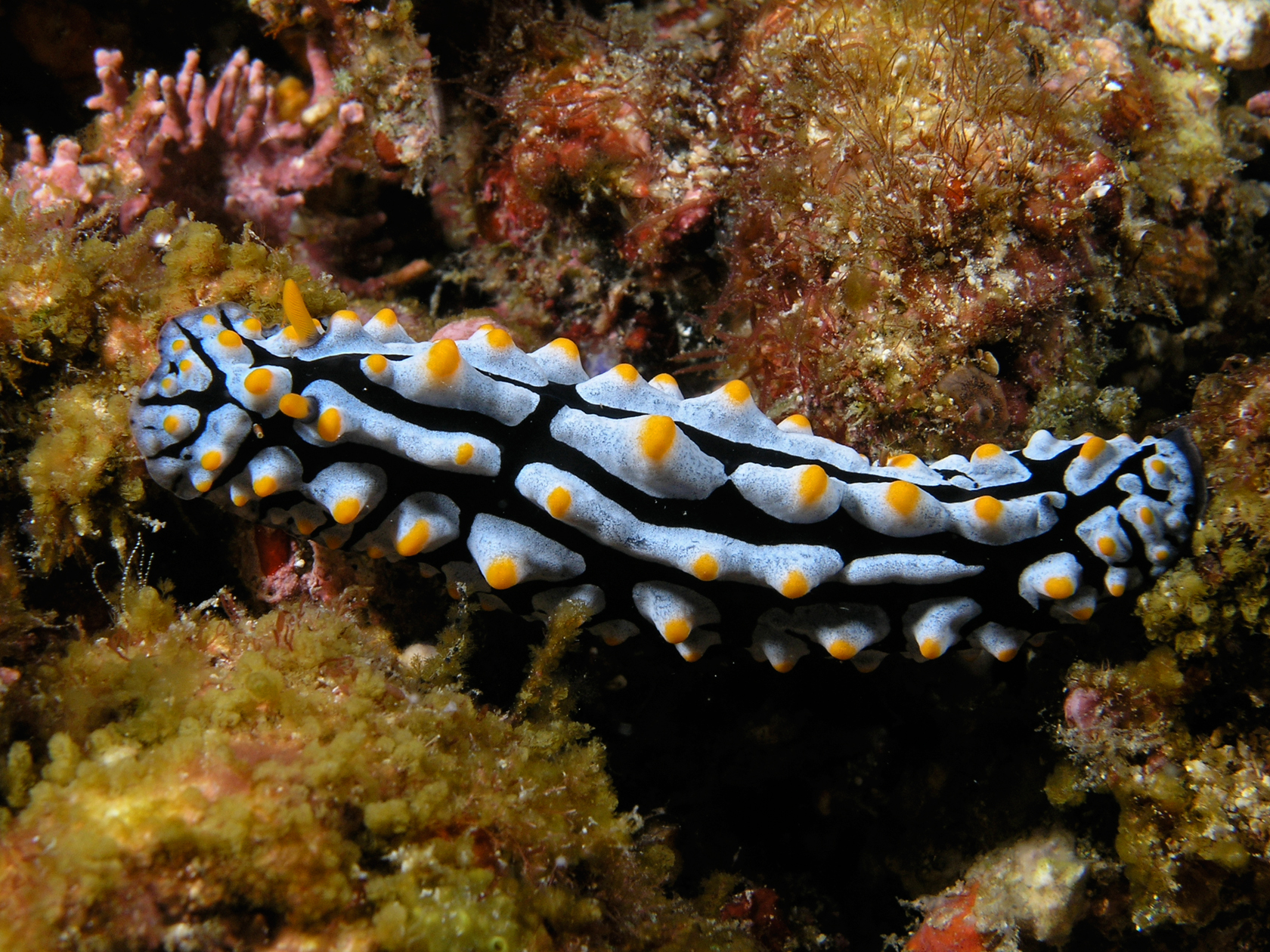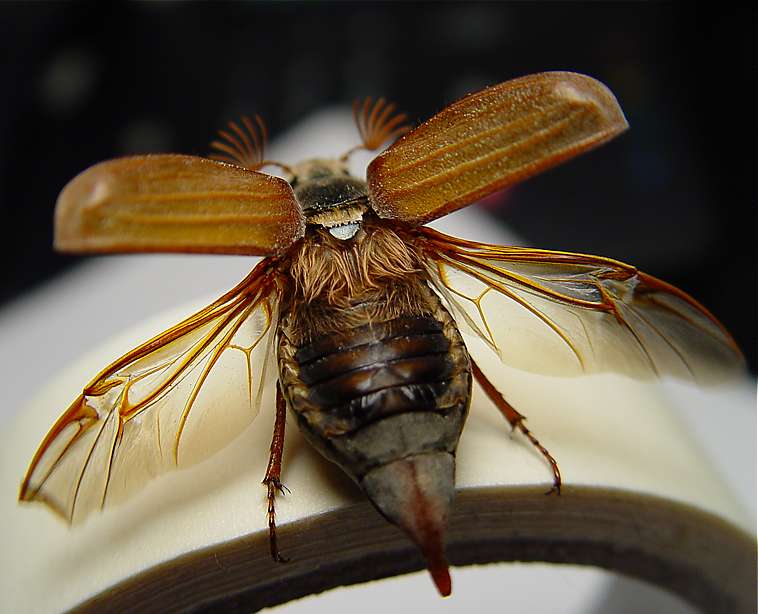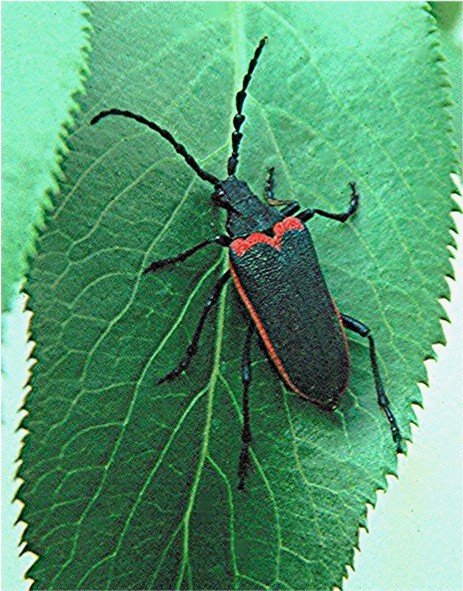|
Stenocorus Schaumii
''Stenocorus schaumii'' is a species of beetle of the family Longhorn beetle, Cerambycidae that is long. The colour is either black or brownish-red. Like other members of the genus, it has wide shoulders and tubercle, tuberculated sides of the pronotum, with wrinkled elytron. Their larvae feed on ''Fraxinus'', maple, and other hardwood plants. References Lepturinae Beetles described in 1850 Taxa named by John Lawrence LeConte {{Lepturinae-stub ... [...More Info...] [...Related Items...] OR: [Wikipedia] [Google] [Baidu] |
John Lawrence LeConte
John Lawrence LeConte (May 13, 1825 – November 15, 1883) was an American entomologist of the 19th century, responsible for naming and describing approximately half of the insect taxa known in the United States during his lifetime,Bird Name Biographies - URL retrieved September 14, 2006 including some 5,000 of beetles. He was recognized as the foremost authority on North American s during his lifetime, and has been described as "the father of American beetle study".Evans, Arthur V., and James N. Hogue. 2004. Chapter 1: A Brief History of Beetle Study in California. ... [...More Info...] [...Related Items...] OR: [Wikipedia] [Google] [Baidu] |
Beetle
Beetles are insects that form the order Coleoptera (), in the superorder Endopterygota. Their front pair of wings are hardened into wing-cases, elytra, distinguishing them from most other insects. The Coleoptera, with about 400,000 described species, is the largest of all orders, constituting almost 40% of described insects and 25% of all known animal life-forms; new species are discovered frequently, with estimates suggesting that there are between 0.9 and 2.1 million total species. Found in almost every habitat except the sea and the polar regions, they interact with their ecosystems in several ways: beetles often feed on plants and fungi, break down animal and plant debris, and eat other invertebrates. Some species are serious agricultural pests, such as the Colorado potato beetle, while others such as Coccinellidae (ladybirds or ladybugs) eat aphids, scale insects, thrips, and other plant-sucking insects that damage crops. Beetles typically have a particularly har ... [...More Info...] [...Related Items...] OR: [Wikipedia] [Google] [Baidu] |
Longhorn Beetle
The longhorn beetles (Cerambycidae), also known as long-horned or longicorns, are a large family of beetles, with over 35,000 species described. Most species are characterized by extremely long antennae, which are often as long as or longer than the beetle's body. In various members of the family, however, the antennae are quite short (e.g., ''Neandra brunnea'') and such species can be difficult to distinguish from related beetle families such as the Chrysomelidae. The scientific name of this beetle family goes back to a figure from Greek mythology: after an argument with nymphs, the shepherd Cerambus was transformed into a large beetle with horns. Description Other than the typical long antennal length, the most consistently distinctive feature of the family is that the antennal sockets are located on low tubercles on the face; other beetles with long antennae lack these tubercles, and cerambycids with short antennae still possess them. They otherwise vary greatly in size, sha ... [...More Info...] [...Related Items...] OR: [Wikipedia] [Google] [Baidu] |
Tubercle
In anatomy, a tubercle (literally 'small tuber', Latin for 'lump') is any round nodule, small eminence, or warty outgrowth found on external or internal organs of a plant or an animal. In plants A tubercle is generally a wart-like projection, but it has slightly different meaning depending on which family of plants or animals it is used to refer to. In the case of certain orchids and cacti, it denotes a round nodule, small eminence, or warty outgrowth found on the lip. They are also known as podaria (singular ''podarium''). When referring to some members of the pea family, it is used to refer to the wart-like excrescences that are found on the roots. In fungi In mycology, a tubercle is used to refer to a mass of hyphae from which a mushroom is made. In animals When it is used in relation to certain dorid nudibranchs such as '' Peltodoris nobilis'', it means the nodules on the dorsum of the animal. The tubercles in nudibranchs can present themselves in different ways: ... [...More Info...] [...Related Items...] OR: [Wikipedia] [Google] [Baidu] |
Pronotum
The prothorax is the foremost of the three segments in the thorax of an insect, and bears the first pair of legs. Its principal sclerites (exoskeletal plates) are the pronotum ( dorsal), the prosternum ( ventral), and the propleuron ( lateral) on each side. The prothorax never bears wings in extant insects (except in some cases of atavism), though some fossil groups possessed wing-like projections. All adult insects possess legs on the prothorax, though in a few groups (e.g., the butterfly family Nymphalidae) the forelegs are greatly reduced. In many groups of insects, the pronotum is reduced in size, but in a few it is hypertrophied, such as in all beetles (Coleoptera). In most treehoppers (family Membracidae, order Hemiptera), the pronotum is expanded into often fantastic shapes that enhance their camouflage or mimicry. Similarly, in the Tetrigidae, the pronotum is extended backward to cover the flight wings, supplanting the function of the tegmina. See also * Glossary o ... [...More Info...] [...Related Items...] OR: [Wikipedia] [Google] [Baidu] |
Elytron
An elytron (; ; , ) is a modified, hardened forewing of beetles (Coleoptera), though a few of the true bugs ( Hemiptera) such as the family Schizopteridae are extremely similar; in true bugs, the forewings are called hemelytra (sometimes alternatively spelled as "hemielytra"), and in most species only the basal half is thickened while the apex is membranous, but when they are entirely thickened the condition is referred to as "coleopteroid". An elytron is sometimes also referred to as a shard. Description The elytra primarily serve as protective wing-cases for the hindwings underneath, which are used for flying. To fly, a beetle typically opens the elytra and then extends the hindwings, flying while still holding the elytra open, though many beetles in the families Scarabaeidae and Buprestidae can fly with the elytra closed (e.g., most Cetoniinae; ). In a number of groups, the elytra are reduced to various degrees, (e.g., the beetle families Staphylinidae and Ripiphoridae), o ... [...More Info...] [...Related Items...] OR: [Wikipedia] [Google] [Baidu] |
Larva
A larva (; plural larvae ) is a distinct juvenile form many animals undergo before metamorphosis into adults. Animals with indirect development such as insects, amphibians, or cnidarians typically have a larval phase of their life cycle. The larva's appearance is generally very different from the adult form (''e.g.'' caterpillars and butterflies) including different unique structures and organs that do not occur in the adult form. Their diet may also be considerably different. Larvae are frequently adapted to different environments than adults. For example, some larvae such as tadpoles live almost exclusively in aquatic environments, but can live outside water as adult frogs. By living in a distinct environment, larvae may be given shelter from predators and reduce competition for resources with the adult population. Animals in the larval stage will consume food to fuel their transition into the adult form. In some organisms like polychaetes and barnacles, adults are im ... [...More Info...] [...Related Items...] OR: [Wikipedia] [Google] [Baidu] |
Fraxinus
''Fraxinus'' (), commonly called ash, is a genus of flowering plants in the olive and lilac family, Oleaceae. It contains 45–65 species of usually medium to large trees, mostly deciduous, though a number of subtropical species are evergreen. The genus is widespread across much of Europe, Asia, and North America. The leaves are opposite (rarely in whorls of three), and mostly pinnately compound, though simple in a few species. The seeds, popularly known as "keys" or "helicopter seeds", are a type of fruit known as a samara. Some ''Fraxinus'' species are dioecious, having male and female flowers on separate plants but sex in ash is expressed as a continuum between male and female individuals, dominated by unisexual trees. With age, ash may change their sexual function from predominantly male and hermaphrodite towards femaleness ; if grown as an ornamental and both sexes are present, ashes can cause a considerable litter problem with their seeds. Rowans or mountain ashes have ... [...More Info...] [...Related Items...] OR: [Wikipedia] [Google] [Baidu] |
Maple
''Acer'' () is a genus of trees and shrubs commonly known as maples. The genus is placed in the family Sapindaceae.Stevens, P. F. (2001 onwards). Angiosperm Phylogeny Website. Version 9, June 2008 nd more or less continuously updated since http://www.mobot.org/MOBOT/research/APweb/. There are approximately 132 species, most of which are native to Asia, with a number also appearing in Europe, northern Africa, and North America. Only one species, '' Acer laurinum'', extends to the Southern Hemisphere.Gibbs, D. & Chen, Y. (2009The Red List of Maples Botanic Gardens Conservation International (BGCI) The type species of the genus is the sycamore maple, '' Acer pseudoplatanus'', the most common maple species in Europe.van Gelderen, C. J. & van Gelderen, D. M. (1999). ''Maples for Gardens: A Color Encyclopedia'' Maples usually have easily recognizable palmate leaves ('' Acer negundo'' is an exception) and distinctive winged fruits. The closest relatives of the maples are the hor ... [...More Info...] [...Related Items...] OR: [Wikipedia] [Google] [Baidu] |
Lepturinae
Lepturinae, the lepturine beetles, is a subfamily of the longhorn beetle family (Cerambycidae), containing about 150 genera worldwide. This lineage is most diverse in the Northern Hemisphere. Until recently the subfamily Necydalinae was included within the lepturines, but this has been recently recognized as a separate subfamily. Nine tribes are usually recognized today, with a tenth, Caraphiini, created in 2016. A few genera are of uncertain placement within the subfamily. Usually among the smaller members of their family, these beetles are of a slender shape – particularly the thorax is markedly less wide than the wings, while the elytra tips are often pointed. They differ from most other longhorn beetles in that the antennae are not directly adjacent to the compound eyes. Hence, the latter are generally oval in outline, rather than having an indentation where the antennae originate, or even being divided by them. In addition, sexual dichromatism is not infrequently se ... [...More Info...] [...Related Items...] OR: [Wikipedia] [Google] [Baidu] |
Beetles Described In 1850
Beetles are insects that form the order Coleoptera (), in the superorder Endopterygota. Their front pair of wings are hardened into wing-cases, elytra, distinguishing them from most other insects. The Coleoptera, with about 400,000 described species, is the largest of all orders, constituting almost 40% of described insects and 25% of all known animal life-forms; new species are discovered frequently, with estimates suggesting that there are between 0.9 and 2.1 million total species. Found in almost every habitat except the sea and the polar regions, they interact with their ecosystems in several ways: beetles often feed on plants and fungi, break down animal and plant debris, and eat other invertebrates. Some species are serious agricultural pests, such as the Colorado potato beetle, while others such as Coccinellidae (ladybirds or ladybugs) eat aphids, scale insects, thrips, and other plant-sucking insects that damage crops. Beetles typically have a particularly hard exoske ... [...More Info...] [...Related Items...] OR: [Wikipedia] [Google] [Baidu] |








